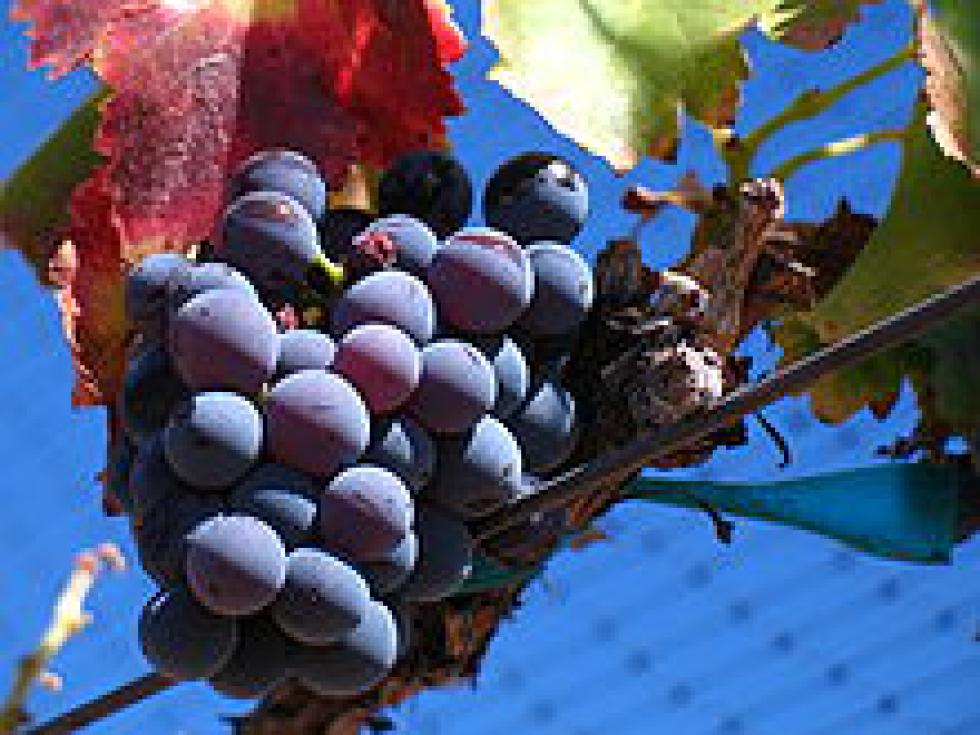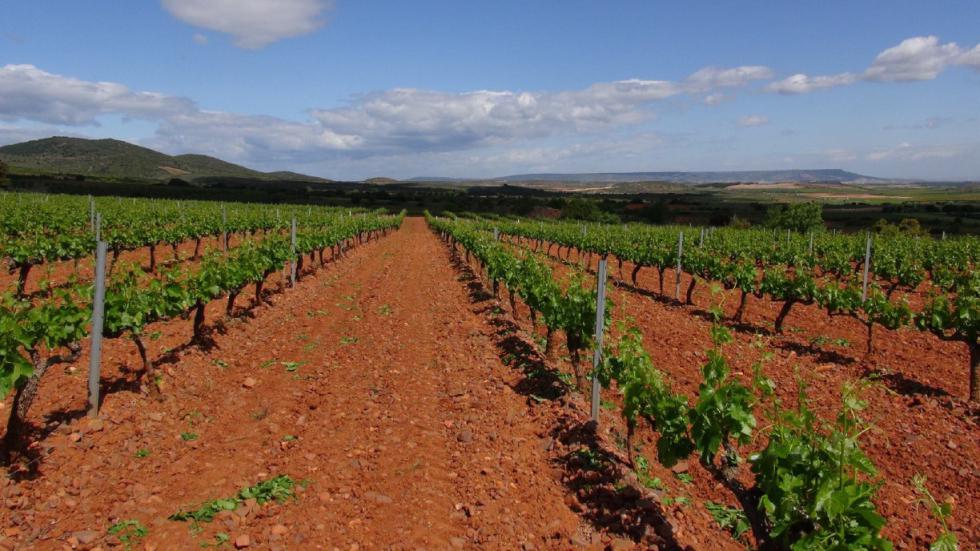In recent weeks, I’ve tried a couple of excellent Spanish wines made from 100 percent Garnacha, a grape with a long, colorful history.
The wines are full- bodied, inky red and have a lot of fruit flavor, and they’re affordable. Each comes from a different region of Spain, and the flavors reflect that.
La Maldita, a wine made from Garnacha grown in Rioja, a region in north central Spain, draws its name from an expletive that growers use for the grape because of its low yields and difficulty to grow in the region. The name is also fitting for the wine because it’s also difficult to find in New England. I found it in Vermont, but it’s worth asking about at other stores. It’s just hitting some shelves, and a wider distribution is expected in the future, the importer said. When it’s more widely available, I’ll write more about it, but if you come across it in Vermont, give it a try.
Borsao Tres Picos, which comes from Aragon and the Campo de Borja district in northwest Spain, the so-called “Empire of Garnacha,” is widely available in the Pioneer Valley, and an excellent buy. I found it on sale for $10.99.
Aragon is the home of the Borjas, who made their mark after they moved to Italy during the 15th and 16th centuries. There were two Borja popes — a good one and another one not so good — and the family generally built up a reputation for having too much fun in the Vatican as well as being quite fond of adultery, skulduggery and murder. They were the subject of the very good fictionalized Showtime series The Borgias. Back in Spain at the time of the Borgias, farmers were planting a lot of Garnacha, which was the most popular grape in all the land, until it started to lose favor about 30 years ago.
In the 1980s and ’90s, much of the Garnacha was pulled up in Spain, ostensibly because of the low yields, but the grape has thrived in Borja, where there are more than 12,350 acres planted, representing 60 percent of the production of Bodegas Borsao, a cooperative of the region’s farmers.
The oldest Garnacha vineyards in the district were planted in 1145 by monks, and almost half of the cooperative’s vines now are 30 to 50 years old. Old vines are generally noted for the quality of the grapes, which are fewer in number than younger vines, and the wines they produce are more complex with deep levels of flavor.
From Aragon, Garnacha spread throughout Europe where it goes by a variety of different names, most notably in France’s Rhone Valley, where the grape is called Grenache and used to produce such vaunted wines as Chateauneuf du Pape, and to Italy and Sardinia where it goes by Cannonau. There’s also a fair amount of Grenache grown in California. It’s mostly used in blends, however.
The grapes that produce Tres Picos are grown in the hard, dry and stony land in the hillside vineyards below the Moncayo Massif, three prominent, almost identical mountains that are popular for their hiking trails.
The grapes are picked by hand, quickly transported to the winery and chilled to preserve the freshness of the fruit, according to the cooperative’s website.
During the winemaking process the wine is slightly oaked to round out the flavor, the winemaker’s notes say, adding that Tres Picos is a “rich deeply colored and aromatic wine with concentrated flavors of blackberry, strawberries and nuances of leather, vanilla and plums.” The versatile Garnacha grape in other places produces wines that are vastly different in style from Tres Picos, which I consider an excellent wine for the frigid winter evenings ahead of us. The wine is so robust that it can hang in with the richest of cold weather fare, such as stews, chilis and thick soups.
I had the wine with a flavorful Mediterranean roasted chicken dish with lemon, artichoke hearts, mushrooms, green olives, lots of garlic and shallots. It was a perfect wine for the flavorful one-pot meal.
Check out Tres Picos. It’s an excellent wine and a terrific bargain. If wine merchants don’t have it, ask them to order some, it’s worth the effort.
Suggestions for wines in the $10 range are always appreciated.
Warren Johnston can be reached at warren.nelson.johnston@gmail.com.






